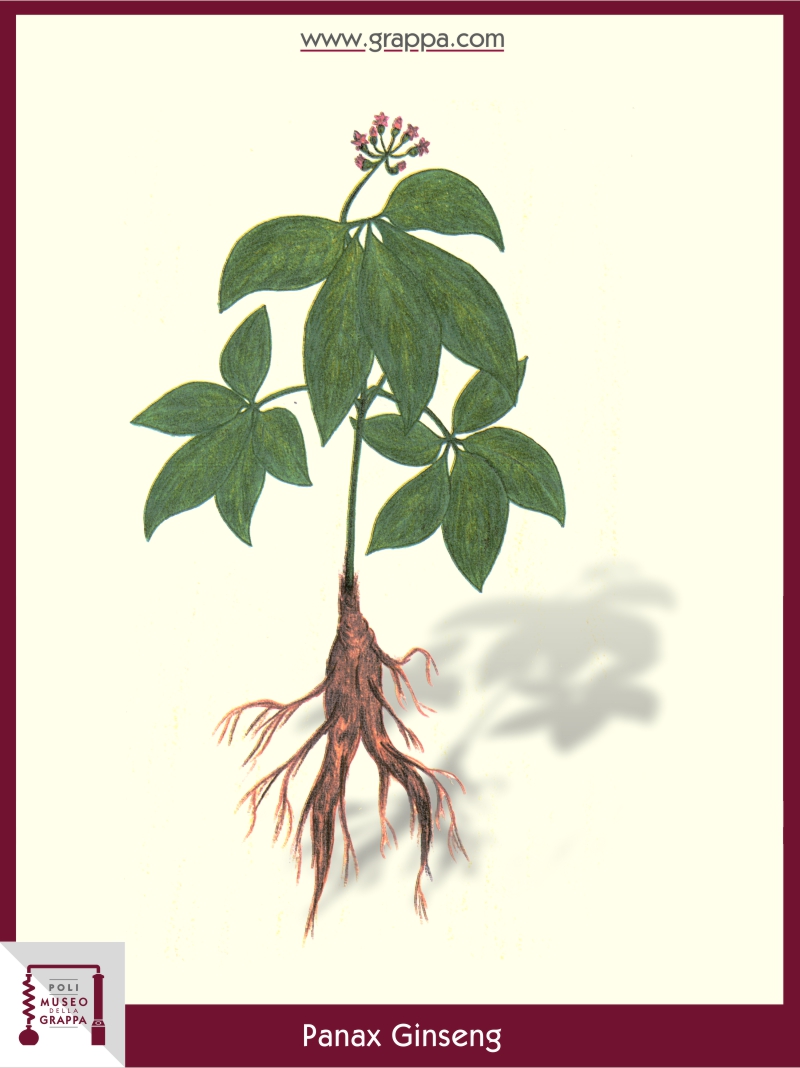Good but expensive
- Plant: Ginseng (Panax Ginseng)
- Plant part: root
- Plant feauters: digestive, fever reducer, stomachic expectorant, stimulating, exciting, energetic, aphrodisiac, balancing-out, probiotic, cholesterol-lowering

-
Description:
A Korean legend reports that the inhabitants of a village in ancient times could hear a howling from the forest for three consecutive nights.
Intrigued they were searching the origin of these noises and discovered that they came from a large tree.
Then they began to dig and found great roots with almost human shapes of legs and arms.
Stunned by this discovery, they gave the plant the name Gin-Seng, which in their language means "plant-man".
Since then this root has been highly esteemed as a medicine, or better, it has been regarded as a panacea; hence the scientific name which the Greeks had already given to them in the time of Theophrastus: Panax or panacea, a remedy for all diseases.Some truths about the ginseng were actually confirmed later: the root contains a composition of steroidal nature that seems to stimulate the adrenal cortex. This results in the widespread use of ginseng as a tonic and stimulant in case of weakness, neurasthenia and fatigue.
A widespread use begins now also in the liqueur industry, both for its supposed characteristics as "aphrodisiac" and, as we believe, for its very pleasant taste.
-
Note:
Although not recorded in a systematic manner, the following side effects have been observed at high doses for long periods: insomnia, nervousness, diarrhea, hyper-excitability.
The recipe
-
Ingredients:
- 1 large ginseng root
- some cane sugar
- 1 liter of Grappa -
Preparation:
With a very large root, some cane sugar and a liter of Grappa you get a distillate with undisputed stimulating and digestive properties.
After an aging of at least six months, the Grappa will have a light yellow color and a very aromatic taste.
The maceration instead is carried out in a sunny place and should last three months. You get a very good Grappa, with one mistake: it is a bit expensive!
Poli Distillerie and
Poli Grappa Museum
Newsletter
Subscribe our newsletter to keep up to date with our latest news.